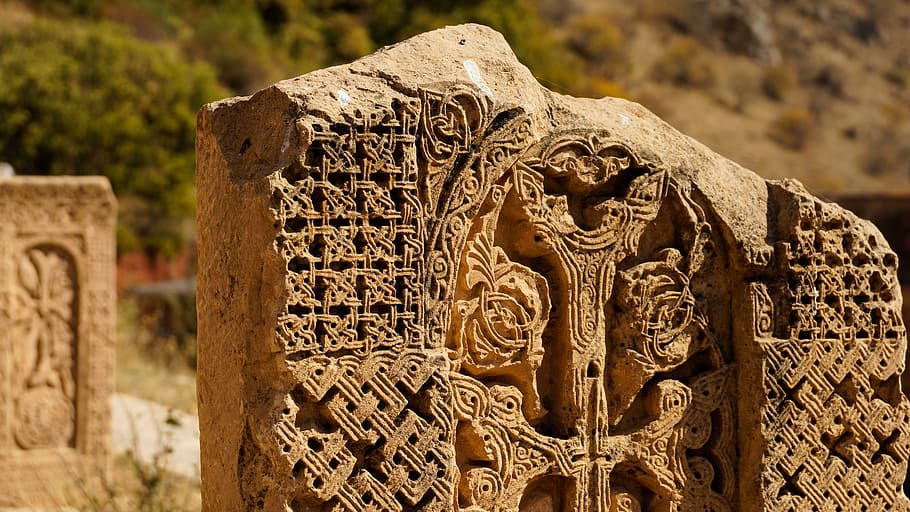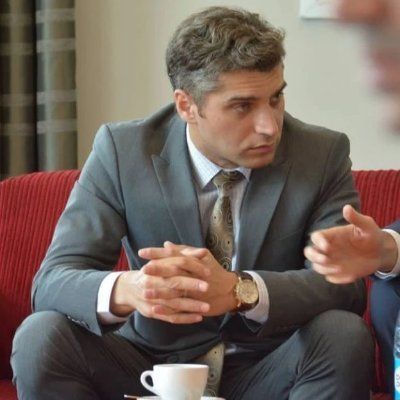Azerbaijan’s tolerance stands in stark contrast to Armenian revisionism [OPINION]
![Azerbaijan’s tolerance stands in stark contrast to Armenian revisionism [OPINION]](https://www.azernews.az/media/2025/05/13/untitled_design_5.png)
The US Commission on International Religious Freedom (USCIRF) is set to visit Azerbaijan on June 5. What precisely motivates this visit and what objectives it aims to achieve remain unclear. What is clear, however, is that Armenian social media channels have resumed their all-too-familiar performance—a theatre of deceit cloaked in righteous outrage.
Once again, claims are being circulated alleging a deterioration of religious freedoms in Azerbaijan. Some, desperate to lend their accusations weight, have dragged Iran into the discourse, attempting to manufacture controversy where none exists.
Let us begin with the facts. Azerbaijan, a nation of over 10 million, is home to a religiously diverse population. While the vast majority of citizens identify as Muslim, there is a significant Christian minority—roughly half a million—along with Jewish, Pagan, and other religious communities. For centuries, Azerbaijan has been a bastion of peaceful religious coexistence. Muslims, Christians, and Jews have lived side by side without fear or discrimination. This pluralistic legacy is not only a point of pride—it is a cornerstone of Azerbaijani identity.
To allege religious oppression, particularly of the Shia community, is both misinformed and misleading. Shia and Sunni Muslims have long coexisted peacefully in Azerbaijan, free from the sectarian violence that has plagued other regions of the Middle East. Mixed marriages between Sunni and Shia believers are not only common—they are emblematic of Azerbaijan’s religious harmony.
Claims of discrimination against Shia communities, often spread on social media, betray a deep ignorance of Azerbaijan’s social fabric. These accusations overlook centuries of cohabitation and mutual respect, and distort reality to fit a predetermined narrative.
What is often conflated with religious oppression is, in fact, Azerbaijan’s firm stance against extremist elements that exploit religion as a cover for illegal or subversive activities. Crackdowns on radical networks are not an assault on religious freedom—they are a defence of national security and public order.
It is no secret that Armenia has waged an aggressive disinformation campaign against Azerbaijan for decades. Whether it concerns human rights, military prisoners, or now religious liberties, Yerevan has consistently attempted to tarnish Azerbaijan’s image on the world stage.
If USCIRF truly wishes to understand the dynamics of religious freedom in this region, it should visit the territories of Garabagh—recently liberated after decades of illegal occupation. There, they will witness the real desecration of faith: mosques transformed into cattle sheds, cemeteries razed to the ground, religious monuments systematically destroyed. The cultural vandalism perpetrated by Armenia over thirty years is not merely anecdotal—it is documented, visible, and ongoing.

Yet Armenia continues to stage its illusions. With hastily carved stones and crude imitations of religious sites, it attempts to fabricate a historical presence in Garabagh. But the truth is not so easily buried. The thousand-year-old Albanian Christian heritage of the region, stolen and rebranded as Armenian, remains etched in the landscape, sometimes even preserved beneath artificially flooded reservoirs, awaiting rediscovery.

You can tell a lie to the world, but you cannot force the world to swallow it whole. Armenia, however, continues to serve its fabrications as if they were a gourmet delicacy, expecting its audience to consume without question.
And while we are on the topic of religion, it is worth pointing out an inconvenient truth: in Armenia today, the single most powerful supporter of revanchist ideology is none other than the Church itself.
We recall vividly how, barely a year ago, when Azerbaijan regained its long-occupied enclaves, protests erupted across Yerevan and beyond. At the forefront of these demonstrations were not ordinary citizens but clergy and religious leaders. This only underscores a painful reality—Armenia, far from being a model democracy, has long been steered by radical religious institutions masquerading as moral authorities.
Today, these same actors, emboldened by a weakened government, are increasingly involved in attempts to meddle in the internal affairs of neighbouring states. Their most potent weapon? Manipulating public sentiment under the guise of religion to incite unrest and bend society to their will.
As the U.S. Commission prepares for its visit, we urge them to look past the smoke and mirrors. The story of religious freedom in the South Caucasus is not one of Azerbaijani repression, but of resilience, tolerance, and centuries-old coexistence. The real threat lies elsewhere, shrouded in the cassocks of those who weaponise faith for power.
Here we are to serve you with news right now. It does not cost much, but worth your attention.
Choose to support open, independent, quality journalism and subscribe on a monthly basis.
By subscribing to our online newspaper, you can have full digital access to all news, analysis, and much more.
You can also follow AzerNEWS on Twitter @AzerNewsAz or Facebook @AzerNewsNewspaper
Thank you!

